October each year contains several occupational health and safety (OHS) award ceremonies. Those operated by State OHS regulators used to feed into a national awards night in April hosted by Safe Work Australia, but that fell over. The rejuvenated Safety Institute of Australia, now renamed the Australian Institute of Health and Safety (AIHS) has taken the plunge setting up a new national award process in competition to that operated for many years by the NSCA Foundation and, to a lesser extent, the awards by the various State-based OHS regulators..
According to a media release from the AIHS:
“The Australian Institute of Health & Safety (AIHS) is proud to announce the creation of the Australian Workplace Health & Safety Awards (AWHSA), to be held 27 May 2020 at the Melbourne Convention Centre, and annually thereafter”


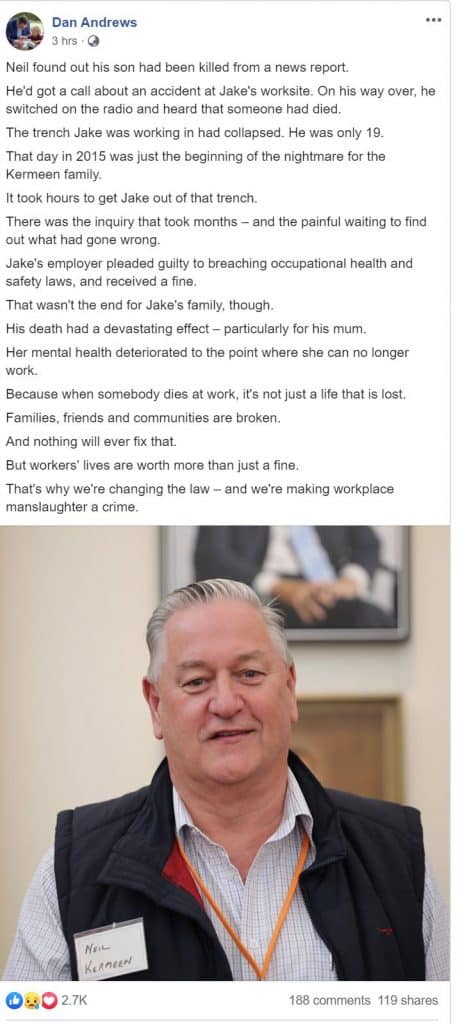
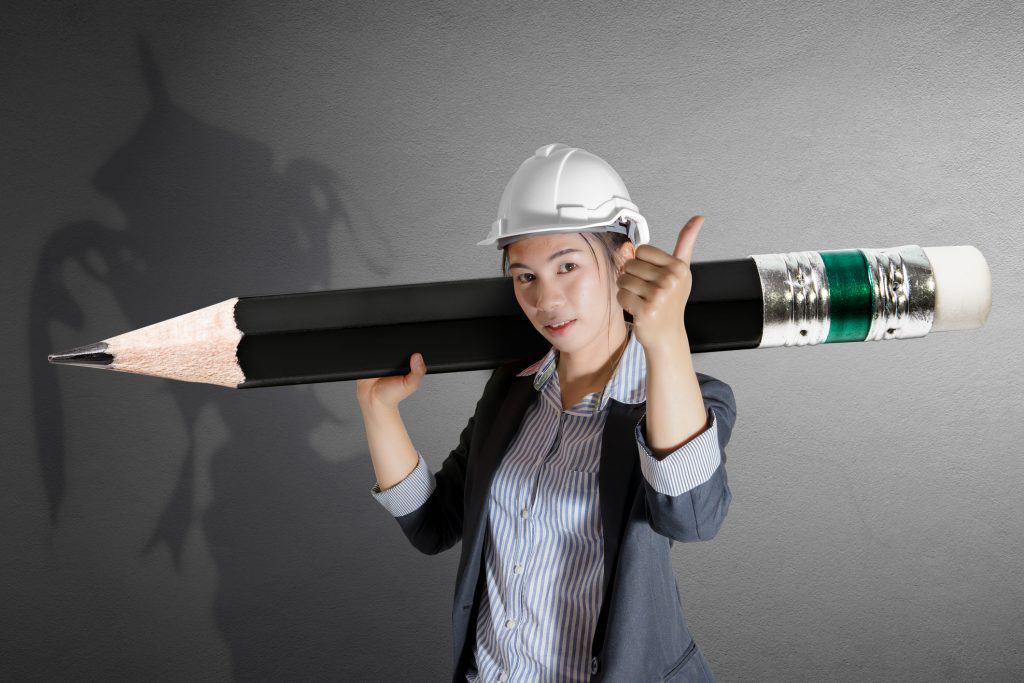
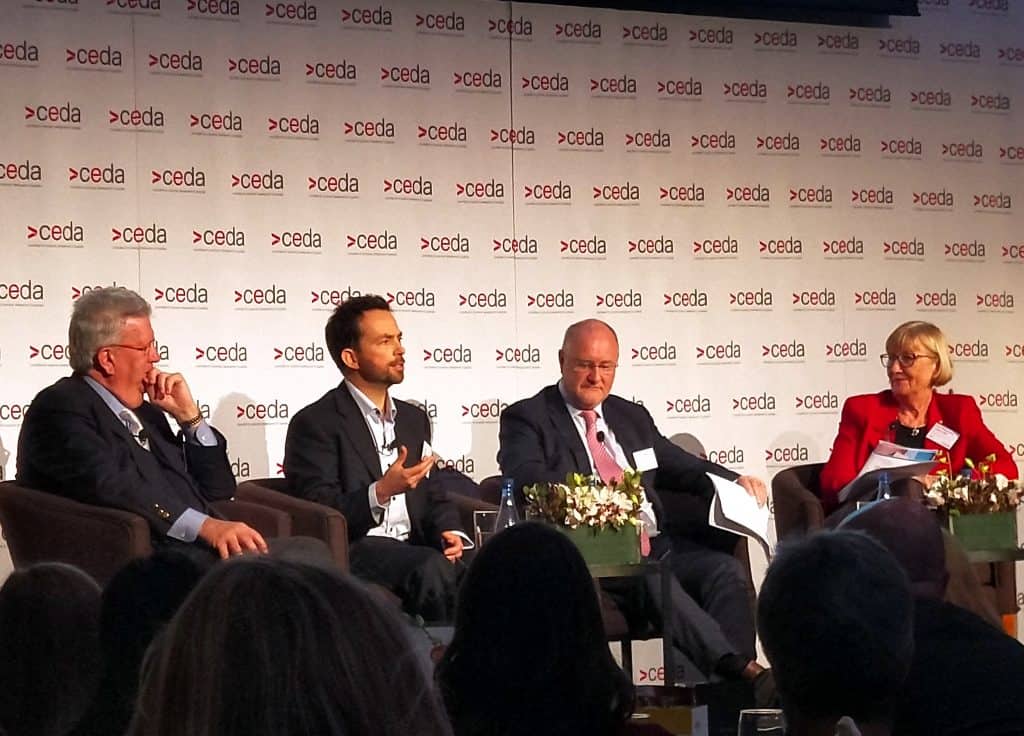
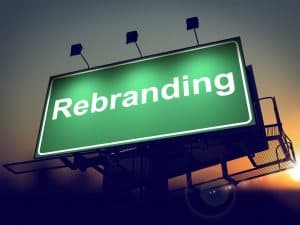 The
The 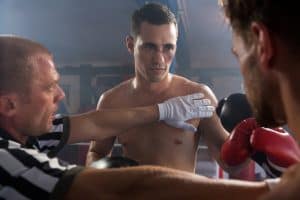 On June 5 2018,
On June 5 2018,